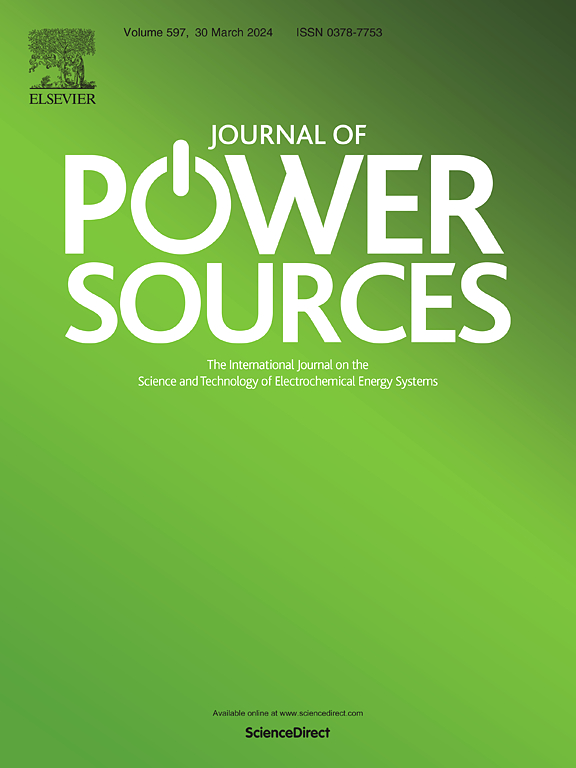Tailoring thermal expansion for next-generation energy systems: Integrating the potential of NTE materials in SOFCs and beyond
IF 8.1
2区 工程技术
Q1 CHEMISTRY, PHYSICAL
引用次数: 0
Abstract
The phenomenon of Negative thermal expansion (NTE) has garnered significant attention for its potential to revolutionize material design, particularly in the context of energy conversion and functional devices. In solid oxide fuel cells (SOFCs), the mismatch in thermal expansion between cathode, anode, and electrolyte materials poses a significant challenge, potentially leading to performance degradation, delamination, and structural failure during thermal cycling, thereby compromising long-term operational stability. This review provides a comprehensive exploration of the role of NTE materials in mitigating these issues, with a focus on their integration into SOFC components, including composite electrodes and electrolytes. We also discuss the incorporation of NTE materials, such as Y2W3O12 (YWO), Sm0.85Zn0.15MnO3 (SZM), and NdMnO3 (NM), into perovskite-based electrodes to tailor the thermal expansion coefficients (TECs) of composite materials, thereby reducing thermal stresses at the electrode-electrolyte interface. Notably, the review examines strategies for optimizing material compatibility through advanced sintering techniques, topology optimization, and doping strategies, which collectively contribute to improving the thermal stability and durability of SOFCs under harsh operating conditions. Furthermore, the review critically analyzes the electrochemical performance of NTE-enhanced composites, addressing the balance between structural stability and catalytic activity. The trade-offs involved in achieving optimal electrochemical performance without compromising the long-term stability of the materials are discussed, highlighting the need for future research to refine these approaches. The potential of NTE materials is also explored beyond SOFCs, extending to other high-temperature applications such as electronic packaging and thin-film devices, where controlled thermal expansion is essential for maintaining material stability. This review not only highlights the transformative role of NTE materials in advancing SOFC technology but also paves the way for their integration into a wide range of energy and functional applications, offering significant improvements in thermal management and device reliability.
求助全文
约1分钟内获得全文
求助全文
来源期刊

Journal of Power Sources
工程技术-电化学
CiteScore
16.40
自引率
6.50%
发文量
1249
审稿时长
36 days
期刊介绍:
The Journal of Power Sources is a publication catering to researchers and technologists interested in various aspects of the science, technology, and applications of electrochemical power sources. It covers original research and reviews on primary and secondary batteries, fuel cells, supercapacitors, and photo-electrochemical cells.
Topics considered include the research, development and applications of nanomaterials and novel componentry for these devices. Examples of applications of these electrochemical power sources include:
• Portable electronics
• Electric and Hybrid Electric Vehicles
• Uninterruptible Power Supply (UPS) systems
• Storage of renewable energy
• Satellites and deep space probes
• Boats and ships, drones and aircrafts
• Wearable energy storage systems
 求助内容:
求助内容: 应助结果提醒方式:
应助结果提醒方式:


